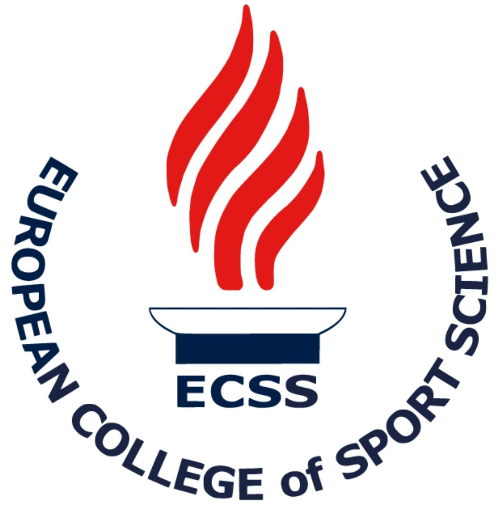La Torre Antonio1, Rampinini Ermanno 2, Bosio Andrea1, Arcelli Enrico1, Impellizzeri Franco M1-2
1, Institute of Physical Exercise, Health and Sport Activities; Faculty of Exercise Sciences, University of Milan, Italy;2, Human Performance Lab, Sport Service MAPEI, Castellanza, Italy

Despite of its ancient tradition, only few studies have investigated the physiological determinants of race-walking performance. About two decades ago, Hagberg and Coyle (1983) studied 8 male race-walkers characterized by high heterogeneity and low level performance ability (mean 20-km race time= 112 ± 6 (SE) min; range 87.2 – 130.0 min), finding significant correlations between 20-km race pace and intensity at LT and walking economy measured at a standard velocity of 10 km·h-1. Similar results were found by Yoshida et al. (1989) in eight female low level racewalkers. To our Knowledge, no one else studies have investigated the physiological predictors of performance in race-walkers with more homogeneous performance ability of higher level. Therefore, the aim of this study was to replicate the investigation of Hagberg and Coyle (1983) to examine the relationships between submaximal parameters of aerobic fitness and 20-km race-walking in high level athletes. Nine male (mean age 24.9 ± 4.9 yrs, weight 62.9 ± 5.0 kg, height 174.2 ± 4.9 cm) competitive race-walkers of international level participated in this study. They performed an incremental treadmill test starting at 5 km·h-1 and increasing the walking velocity by 2 km·h-1 every 8 min until a blood lactate concentration of 4 mmol·l-1. The lactate threshold proposed by Hagberg and Coyle (1983) (LT) and the lactate threshold corresponding to 4 mmol·l-1 (OBLA) were determined. In a second testing session, race-walkers performed a submaximal walking test at 13 km·h-1 for the determination of walking economy (WE) (ml·kg-1·min-1). During the tests, expired respiratory gases were measured using an automated gas analysis system. Pearson’s product moment correlation was used to examine the relationships between LT, OBLA and WE and time spent to complete a 20-km race-walking. Race-walkers were also divided into a best and worst sub-group according to the median race time. Because of the low number of subjects in each group, comparisons were made using the Mann-Whitney U-test. Furthermore, to avoid type II errors the effect sizes for these differences were also determined. Significant correlations were found between LT (r=-0.82; P=0.007), OBLA (r=-0.81; P=0.009) and WE (r=0.69; P=0.038) and 20-km race time. Significant differences between the best and worst group were found only for OBLA. However, effect sizes were large (>0.8) for both LT, OBLA and WE. This study confirms and extends the findings of Hagberg and Coyle (1983) to a more homogeneous group (20-km race time ranging from 80.5 to 93.4 min) of high level race-walkers. The correlation between LT and race time (r=- 0.82) was only slightly lower than what Hagberg and Coyle reported (r=0.94). In addition, the relationship between WE and race time found in the present study (r=0.69) was similar to what Hagberg and Coyle showed (r=0.62). In conclusion, our findings confirm the importance of peripheral aerobic factors for high level race-walkers.
10th Annual Congress of the European College of Sport Science (ECSS).
Belgrade, Serbia, July 13-16, 2005
Book of Abstract Belgrade, 10-0565